- Massive Wirkung: Die Metallindustrie trägt erheblich zur Umweltverschmutzung bei. Stahl macht 7-11% der weltweiten CO₂-Emissionen aus, und Aluminium trägt weitere 2% bei. Die Produktion wirkt sich auch erheblich auf Wasser und Boden aus, was zu Problemen wie der Entwässerung von Minen und giftigen „roten Schlamm“ -Abfällen führt.
- Produktion ist wichtig: Die Art und Weise, wie ein Metall hergestellt wird, ist der größte Faktor für seinen CO2-Fußabdruck. Bei der Stahlherstellung ist das auf Kohle basierende BF-BOF-Verfahren stark umweltschädlich, wohingegen das EAF-Verfahren für das Schrottrecycling zu über 75% sauberer ist. Bei Aluminium und Kupfer verbraucht das Recycling 85-95% weniger Energie als bei der Primärproduktion.
- Es gibt Lösungen zur Dekarbonisierung, wobei Schlüsseltechnologien eingesetzt werden. Dazu gehören die Maximierung des Recyclings, die Verwendung von grünem Wasserstoff als Ersatz für Kohle bei der Stahlherstellung (HYBRIT-Projekt), die Entwicklung inerter Anoden für die Aluminiumproduktion zur Vermeidung von Prozessemissionen und die Nachrüstung älterer Anlagen mit CO2-Abscheidungs- und Nutzungssystemen (CCUS).
- PCF ist eine wichtige Kennzahl für jedes Unternehmen, das Metalle verwendet. Der wichtigste Datenpunkt, den Sie von einem Lieferanten erhalten müssen, ist, ob das Metall primär (aus Erz) oder sekundär (recycelt) hergestellt wurde.
- Regulierung zwingt zum Handeln. Der CO2-Grenzausgleichsmechanismus (CBAM) der EU verursacht direkte finanzielle Kosten für den Kohlenstoff in importiertem Stahl und Aluminium. Die PCF-Messung wurde von einer freiwilligen Maßnahme zu einer wettbewerbsorientierten und finanziellen Notwendigkeit für Unternehmen in globalen Lieferketten.
Der unsichtbare Kohlenstoff in unserem industriellen Rückgrat
Stahl, Aluminium und Kupfer sind grundlegende Materialien der modernen Welt. Sie bilden das Gerüst für unsere Städte, den Rahmen für unsere Infrastruktur und den Kern unserer Transport- und Energiesysteme. Ihre Stärke und Vielseitigkeit haben sie zu einem integralen Bestandteil des globalen Fortschritts gemacht.
Diese Abhängigkeit von Metallen ist mit hohen Umweltkosten verbunden. Die Metallindustrie ist eine Hauptverschmutzungsquelle und ein Haupttreiber des Klimawandels. Die Allein die Eisen- und Stahlindustrie ist für 7 bis 11% der weltweiten Kohlendioxidemissionen (CO₂) verantwortlich.
In Kombination mit anderen wichtigen Metallen wie Aluminium trägt zusätzlich 2% zu den vom Menschen verursachten Emissionen beiwird das Ausmaß der Herausforderung deutlich.
Lassen Sie uns die gesamten Umweltauswirkungen wichtiger Industriemetalle untersuchen, einschließlich ihrer Auswirkungen auf Wasser und Land.
Die Umweltauswirkungen der Metallproduktion
Die Umweltauswirkungen der Metallproduktion gehen weit über die CO2-Emissionen hinaus. Eine umfassende Überprüfung zeigt erhebliche Auswirkungen auf die Luft, das Wasser und das Land des Planeten.
Um die Nachhaltigkeit eines Produkts, das diese Materialien enthält, effektiv zu verwalten, ist es wichtig, den gesamten Fußabdruck zu verstehen.
Die Größe der Metallindustrie macht ihre Auswirkungen auf das Klima zu einem globalen Problem.
Der massive CO2-Fußabdruck der Stahlproduktion ist auf ihre tief verwurzelte Abhängigkeit von Kohle zurückzuführen. Bei Aluminium dreht sich die Geschichte um Elektrizität; die Primärproduktion ist eine der wichtigsten energieintensiv industrielle Prozesse auf dem Planeten.
Diese Auswirkungen beschränken sich nicht auf Emissionen. Der Lebenszyklus von Metallen hat weitere schwerwiegende Auswirkungen auf natürliche Systeme.
Wasserverbrauch und Umweltverschmutzung
Bei der Metallherstellung wird eine erhebliche Menge Wasser für Kühl- und Reinigungszwecke verwendet. Dieser hohe Verbrauch belastet die lokalen Wasserressourcen. Darüber hinaus kann das eingeleitete Wasser, wenn es nicht ordnungsgemäß behandelt wird, die lokalen Ökosysteme mit Schwermetallen, Chemikalien und thermischer Verschmutzung belasten und Wasserlebewesen schädigen.
Umweltzerstörung im Bergbau
Die Wertschöpfungskette von Metallen beginnt mit dem Abbau von Rohstoffen wie Eisenerz für Stahl und Bauxiterz für Aluminium. Der Bergbau hat seine eigenen Umweltkosten, einschließlich Luftverschmutzung und erheblicher Wasserverschmutzung.
Ein großes Risiko, das sowohl mit dem Kupfer- als auch mit dem Kohlebergbau verbunden ist, ist die Entwässerung von Minen, ein Prozess, bei dem Abraumgestein mit Luft und Wasser zu Schwefelsäure reagiert. Dieser saure Abfluss kann verwüsten Wasserlebewesen seit Tausenden von Jahren.
Bei Aluminium entsteht bei der Raffination von Bauxiterz ein gefährliches, großvolumiges Nebenprodukt, bekannt als“roter Schlamm.“ Dieser giftige Schlamm wird in riesigen Teichen gelagert und birgt ein hohes Risiko, Boden und Wasser zu kontaminieren.
Wie wichtige Industriemetalle hergestellt werden und welche Auswirkungen sie haben
Um den ökologischen Fußabdruck eines Produkts zu verstehen, muss man wissen, wie seine Kernmaterialien hergestellt werden. Bei Metallen ist der Herstellungspfad, insbesondere der Unterschied zwischen primär (aus Erz gewonnen) und sekundär (aus Schrott gewonnen), ist der Hauptfaktor, der ihren CO2-Fußabdruck bestimmt.
Die Stahlproduktion und ihr CO2-Fußabdruck
- Der kohlenstoffreiche Pfad (BF-BOF): Die traditionelle Route Hochofen-Grundsauerstoffofen macht etwa 70% der weltweiten Stahlproduktion aus. Er stellt „frischen“ Stahl aus Eisenerz her und ist extrem kohlenstoffintensiv, da dabei aus Kohle gewonnener Koks als Brennstoff und chemisches Reduktionsmittel verwendet wird. Bei diesem Verfahren werden für jede Tonne Rohstahl etwa 2,2 Tonnen CO₂-Äquivalent (tCO₂E) freigesetzt.
- Der kohlenstoffarme Weg (EAF): Auf der modernen Elektrolichtbogenofenroute wird hauptsächlich vorhandener Stahlschrott recycelt. Durch das Schmelzen von Schrott mit Elektrizität wird der Bedarf an Kohle umgangen. Dies führt zu einem viel niedrigeren CO2-Fußabdruck, der im Durchschnitt bei etwa 0,5 tCO₂E pro Tonne Stahl liegt, was einer Reduzierung von über 75% entspricht. Die primäre Emissionsquelle ist der Strom, der für den Betrieb des Ofens verwendet wird.
Aluminium: Ein leichtes Metall mit hohen Energiekosten
Aluminium ist für die Luft- und Raumfahrt-, Automobil- und Verpackungsindustrie von entscheidender Bedeutung. Seine Primärproduktion ist jedoch unglaublich energieintensiv.
- Primärproduktion (Hall-Héroult-Prozess): Reines Aluminium wird hergestellt unter Verwendung der Hall-Héroult-Prozess, wo ein starker elektrischer Strom Aluminiumoxid (Aluminiumoxid) von geschmolzenem Kryolith trennt. Dieser Prozess verbraucht eine beträchtliche Menge an Elektrizität. Die im Prozess verwendeten Kohlenstoffanoden werden verbraucht, wodurch nicht nur CO₂ aus der Stromerzeugung freigesetzt wird, sondern auch potente Perfluorkohlenwasserstoffe (PFC). Diese PFCs haben eine Potenzial der globalen Erwärmung tausendmal höher als CO₂.
- Sekundärproduktion (Recycling): Recyceltes Aluminium spielt eine entscheidende Rolle bei den Bemühungen der Branche zur Dekarbonisierung. Es benötigt nur 5% der Energie, die für die Primärproduktion benötigt wird, wodurch der CO2-Fußabdruck drastisch reduziert wird.
Kupfer: Der Leiter des sauberen Übergangs
Aufgrund seiner hohen Leitfähigkeit ist Kupfer für die Elektrifizierung unverzichtbar. Seine Gewinnung ist jedoch mit erheblichen Umweltkosten verbunden.
- Primärproduktion (Schmelzen): Kupfer wird in der Regel durch einen Prozess aus Erz gewonnen, der das Zerkleinern, Konzentrieren, Schmelzen und Raffinieren umfasst. Beim Schmelzen wird eine immense Hitze verwendet, die oft durch fossile Brennstoffe erzeugt wird, um das Metall von seinem Erz zu trennen. Bei diesem Prozess können große Mengen an Schwefeldioxid (SO₂) freigesetzt werden, das maßgeblich zum sauren Regen beiträgt, zusammen mit Schwermetallschadstoffen wie Blei und Arsen.
- Sekundärproduktion (Recycling): Kupfer ist wie Aluminium in hohem Maße recycelbar und behält seine Qualität. Beim Recycling von Kupfer wird bis zu 85% weniger Energie verbraucht als bei der Primärproduktion.
Andere kritische Metalle
- Zink: Wird zum Verzinken von Stahl verwendet. Bei der Herstellung von Zink aus Bergbau und Schmelzen kann das Metall in Wassersysteme gelangen. In hohen Konzentrationen ist Zink giftig für Meereslebewesen wie Phytoplankton und Korallen.
- Nickel: Die Nickelproduktion ist für Batterien von entscheidender Bedeutung und ein energieintensiver Prozess. Die Verarbeitung von Lateriterzen, wie sie in tropischen Regionen üblich ist, erfordert deutlich mehr Energie und Chemikalien als die Verarbeitung von Sulfiderzen, was zu einem viel höheren CO2-Fußabdruck führt, der oft 4- bis 5-mal so groß ist.
- siehe Auswirkungen von Lithium auf die Umwelt und das Paradoxon sauberer Energie.
Dekarbonisierungspfade für die Metallindustrie
Die Metallindustrie verändert sich. Innovationen zur Transformation dieses Sektors sind im Gange. Verschiedene Schlüsseltechnologien weisen den Weg in eine kohlenstoffarme Zukunft für Stahl, Aluminium und andere Metalle.
Die Macht des Recyclings
Der schnellste Weg, den CO2-Fußabdruck eines Metalls zu reduzieren, ist verwenden Sie recycelten Schrott. Stahl, Aluminium und Kupfer sind unendlich recycelbar, ohne an Qualität zu verlieren.
Das weltweite Angebot an Schrott ist jedoch begrenzt und kann die weltweit wachsende Nachfrage nicht decken. Das“Schrottlücke„bedeutet, dass die Herstellung von Neumetall immer noch notwendig ist, was neue, sauberere Primärproduktionsmethoden erfordert.
Durchbrüche in der Technologie
- Grüner Wasserstoff für Stahl: Grüner Wasserstoff, der mit erneuerbaren Energien hergestellt wird, kann Kohle bei der Eisenherstellung ersetzen, wie die HYBRIT-Projekt. Das einzige Nebenprodukt ist Wasser, das den Weg zu Stahl ebnet, der nahezu emissionsfrei ist.
- Inerte Anoden für Aluminium: Die Entwicklung inerter oder kohlenstofffreier Anoden für den Hall-Héroult-Prozess ist ein wichtiger Schwerpunkt. Diese Anoden würden Sauerstoff statt CO₂ freisetzen, wodurch die direkten Prozessemissionen beim Schmelzen vermieden würden.
- Kohlenstoffabscheidung (CCUS): Für bestehende Anlagen ist Carbon Capture, Utilisation, and Storage (CCUS) eine Übergangstechnologie, mit der bis zu 90% der CO₂-Emissionen einer Anlage erfasst werden können. Sie ist jedoch kostspielig und energieintensiv.
So berechnen Sie den CO2-Fußabdruck eines Metalls
Für jedes Unternehmen, das Metalle verwendet, ist die Berechnung der CO2-Fußabdruck des Produkts (PCF) wird zunehmend notwendig. Es ist ein wichtiger Bestandteil des Risikomanagements und der Erfüllung der Marktanforderungen.
1. Definieren Sie Ihr Ziel und Ihren Umfang
Legen Sie zunächst den Zweck der Berechnung fest (z. B. internes Benchmarking, Einhaltung gesetzlicher Vorschriften). Definieren Sie die Funktionseinheit (z. B. eine Tonne I-Träger) und die Grenzen des Lebenszyklus (Von Wiege zu Tor ist am gebräuchlichsten für B2B).
2. Erfassen Sie Ihre Aktivitätsdaten
Die Genauigkeit eines PCF hängt von der Qualität der Daten. Sie benötigen eine detaillierte Stückliste (BOM), Informationen zu den Standorten der Lieferanten, Ihre eigenen Energieverbrauchsdaten und die Transportlogistik.
3. Identifizieren Sie den Produktionspfad
Der CO2-Fußabdruck eines Metallprodukts wird in erster Linie durch seine Herstellungsmethode bestimmt. Die Emissionen Unterschied zwischen Primär (aus Erz) und sekundär (aus Schrott) Die Produktion ist riesig.
Die wichtigste Frage, die Sie Ihrem Lieferanten stellen sollten, ist:
„Wurde dieses Metall auf primärem oder sekundärem (recyceltem) Weg hergestellt?“
4. Emissionsfaktoren anwenden und berechnen
Sobald Sie Ihre Daten haben, verwenden Sie Emissionsfaktoren, um sie in Emissionen umzurechnen. Die Grundformel lautet:
Emissionen = Aktivitätsdaten × Emissionsfaktor
5. Analysieren und handeln
Der gesamte PCF ist erst der Anfang. Hotspot-Analyse hilft dabei, den größten Beitrag zum Fußabdruck Ihres Produkts zu finden, sodass Sie gezielte Strategien entwickeln können, z. B. den Wechsel zu einem kohlenstoffarmer Lieferant.
Wie Arbor Ihnen hilft, Ihren CO2-Fußabdruck von Metallen zu verwalten
Es ist komplex, den CO2-Fußabdruck Ihrer Produkte zu verstehen, aber es wird schnell zu einer Voraussetzung für die Geschäftstätigkeit. Regularien benötigen es, und die Kunden fordern es. Hier kann Arbor helfen.
Die Plattform zur CO2-Bilanzierung von Arbor wurde entwickelt, um den Prozess der Berechnung des CO2-Fußabdrucks (PCFs) von Produkten zu vereinfachen, die Stahl, Aluminium und andere Metalle enthalten.
Anstatt Monate mit manuellen Berechnungen zu verbringen, Die Plattform von Arbor automatisiert die Arbeit und liefert schnell genaue Ergebnisse. Wir können Tausende von Produkten verarbeiten, sodass Sie einen klaren Überblick über Ihr gesamtes Portfolio haben.
Mit Arbor können Sie:
- Holen Sie sich schnell genaue PCFs: Verwenden Sie Ihre vorhandenen Stücklisten- und Lieferkettendaten, um präzise, regionsspezifische CO2-Fußabdrücke zu erstellen.
- Identifizieren Sie Hotspots: Unsere Analysetools lokalisieren die größten Emissionsquellen in Ihrer Lieferkette, sodass Sie genau wissen, worauf Sie Ihre Reduktionsbemühungen konzentrieren müssen.
- Erfüllen Sie regulatorische Anforderungen: Generieren Sie auf einfache Weise die Daten, die für die Einhaltung von Vorschriften wie den CBAM der EU.
- Treffen Sie intelligentere Beschaffungsentscheidungen: Vergleichen Sie den CO2-Fußabdruck verschiedener Lieferanten und Materialien, um eine widerstandsfähigere und weniger belastbare Lieferkette aufzubauen.
Arbor wandelt komplexe Daten in klare, umsetzbare Erkenntnisse um und gibt Ihnen die Informationen, die Sie für ein effektives Emissionsmanagement benötigen.
Beginne mit der Messung der CO2-Fußabdruck Ihres Produkts heute.
Wie sich Vorschriften wie CBAM auf Metallimporte auswirken
Die Messung des CO2-Fußabdrucks eines Produkts war einst freiwillig. Jetzt Vorschriften wie die der Europäischen Union Mechanismus zur Anpassung der Kohlenstoffgrenzen (CBAM) machen es zu einer Voraussetzung für Eisen, Stahl und Aluminium.
CBAM legt einen Preis für den Kohlenstoff fest, der bei der Herstellung von in die EU importierten Waren emittiert wird. Ab 2026/2027 müssen Importeure „CBAM-Zertifikate“ kaufen, um die eingebetteten Emissionen ihrer Waren abzudecken.
Dies erzwingt Transparenz in den globalen Lieferketten. EU-Importeure benötigen Primäremissionsdaten von ihren Herstellern. Wenn sie diese nicht haben, sind sie mit hohen Standardwerten konfrontiert.
Dies schafft einen starken finanziellen Anreiz für Hersteller aus Drittländern, ihre Emissionen zu messen, zu überprüfen und zu reduzieren, um auf dem EU-Markt wettbewerbsfähig zu bleiben.
Zusammenfassung
Die Metallindustrie steht vor der großen Herausforderung, ihre Umweltbelastung zu reduzieren. Der Weg in die Zukunft beinhaltet eine Umstellung von der kohlenstoffreichen Primärproduktion auf sauberere Methoden, die durch Recycling, saubere Energie und neue Technologien wie grünen Wasserstoff und inerte Anoden vorangetrieben werden.
Für Unternehmen, die Stahl und Aluminium verwenden, hat sich die Betriebsumgebung geändert. Den CO2-Fußabdruck eines Produkts zu verstehen und zu verwalten, ist heute eine zentrale Geschäftsanforderung, was auf Vorschriften wie CBAM und den zunehmenden Marktdruck zurückzuführen ist.
Fortschritt basiert auf glaubwürdigen, transparenten Daten. Der erste Schritt für jedes Unternehmen besteht darin, seinen CO2-Fußabdruck im Zusammenhang mit Metallen zu messen. Auf diese Weise können Unternehmen Risiken reduzieren, die Einhaltung der Vorschriften sicherstellen und einen widerstandsfähigeren und wettbewerbsfähigeren Betrieb aufbauen.
Messen Sie Ihre CO2-Emissionen mit Arbor
Einfache, unkomplizierte CO2-Bilanzierung.
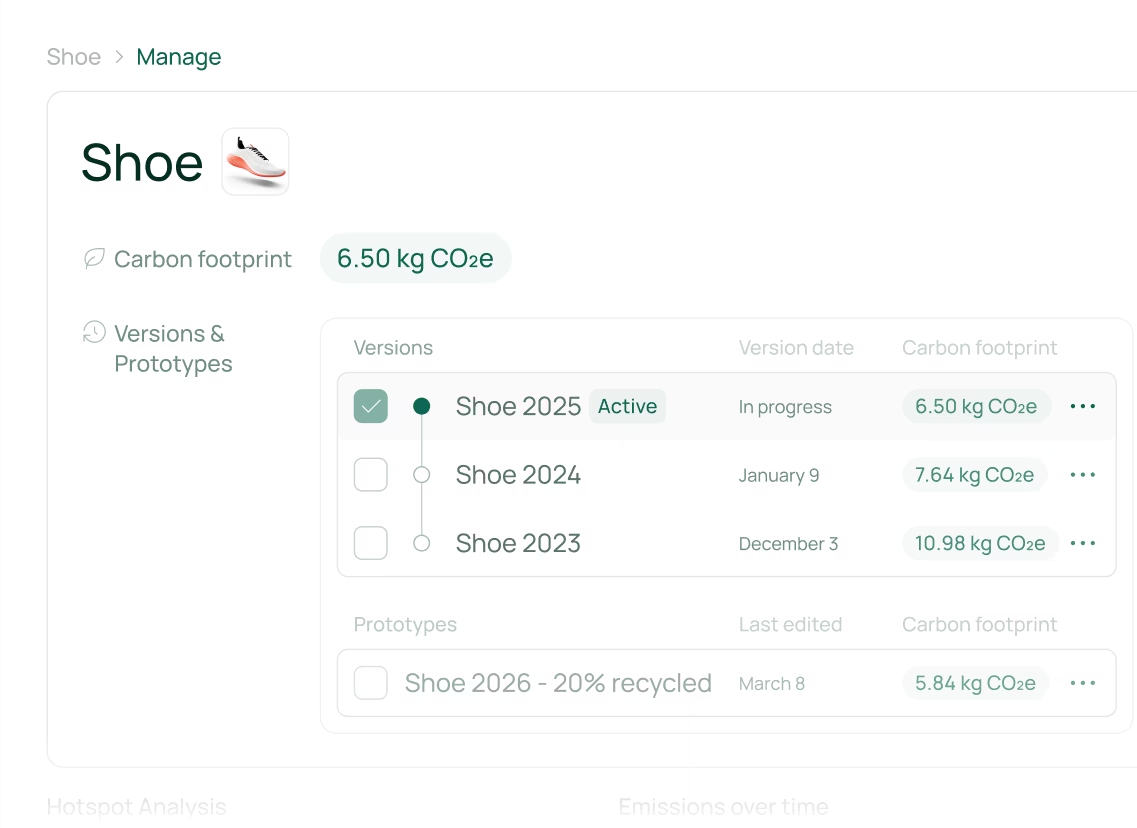


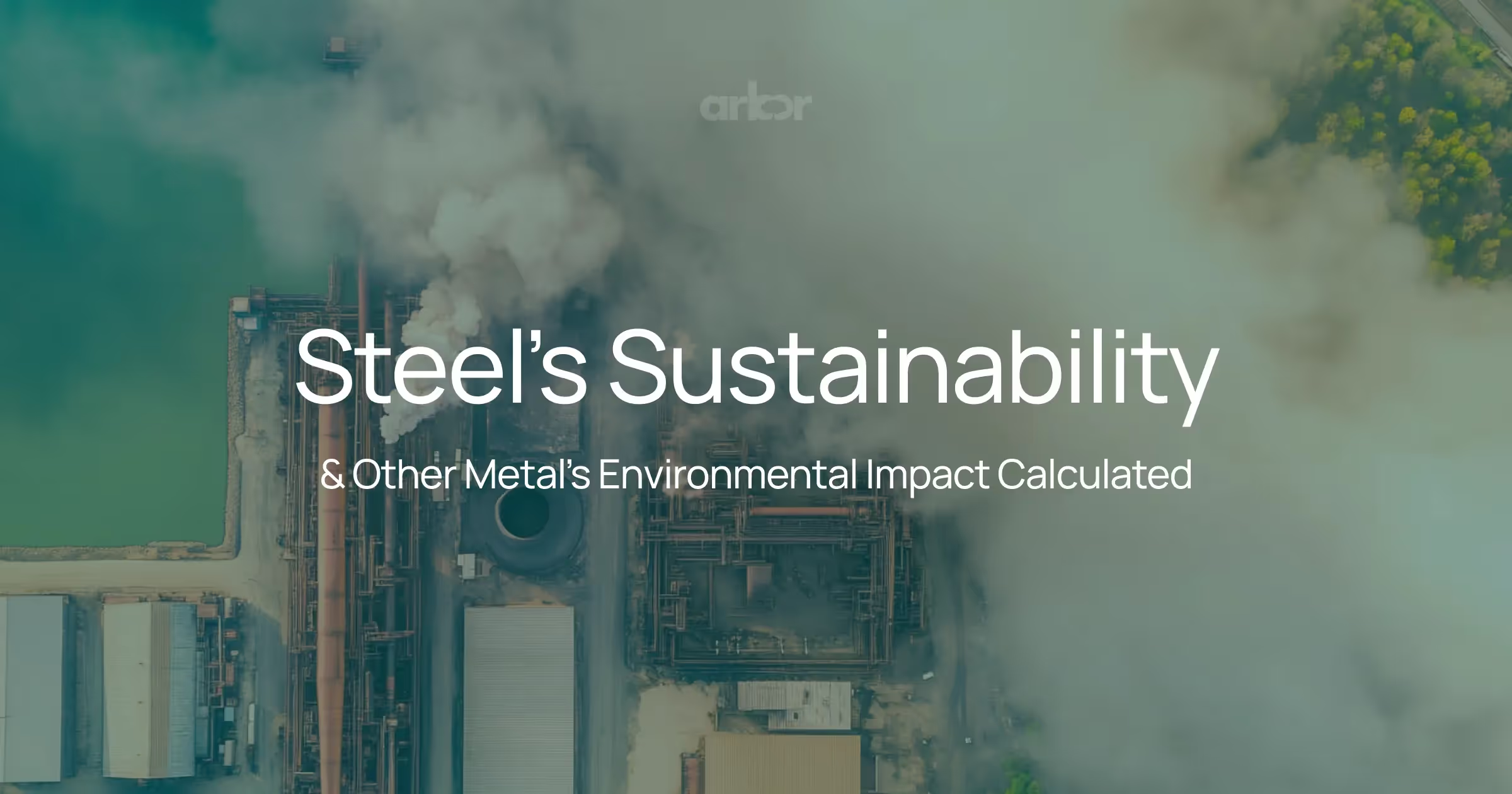
.webp)
%20Directive.webp)
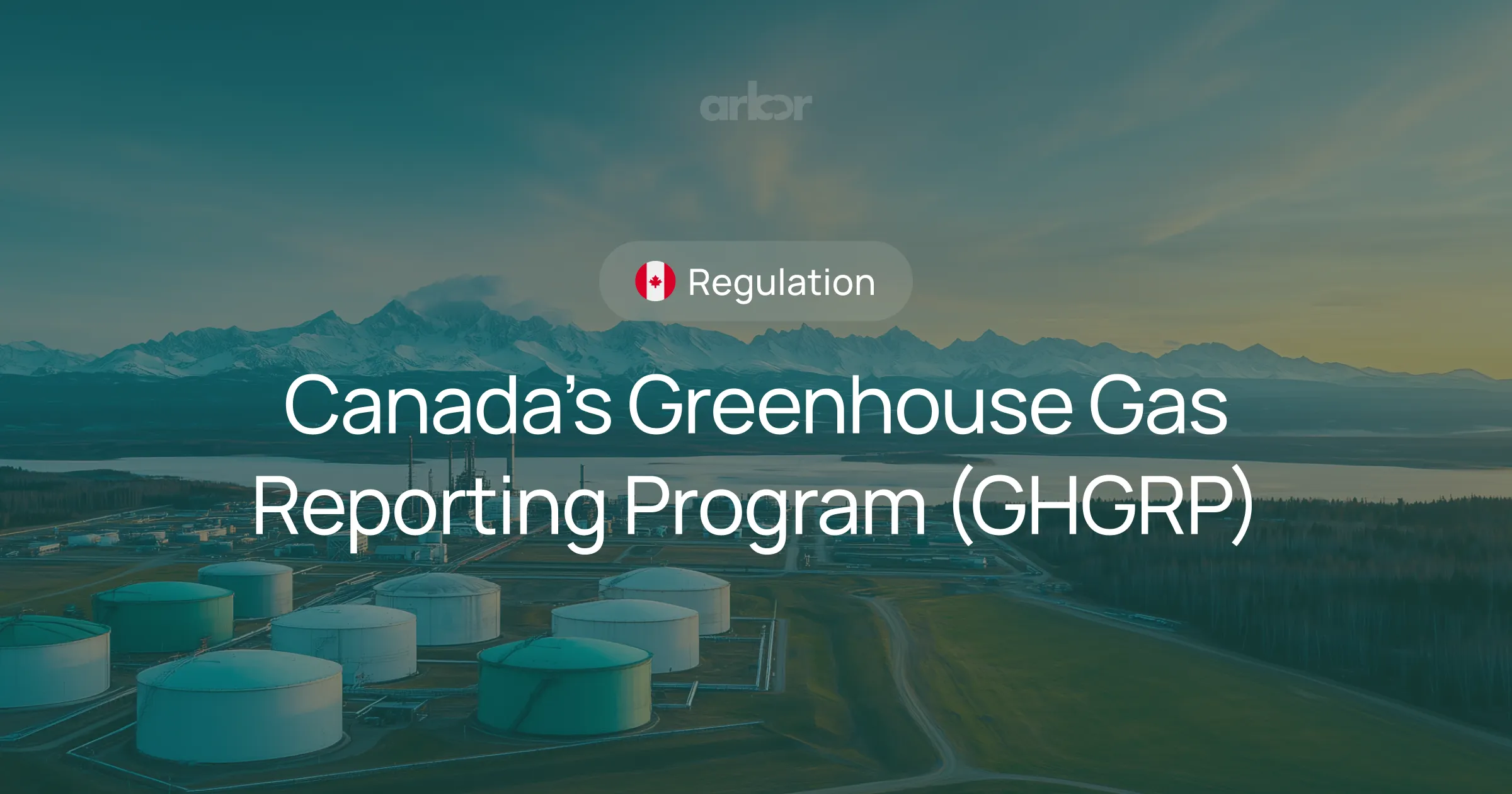

.webp)

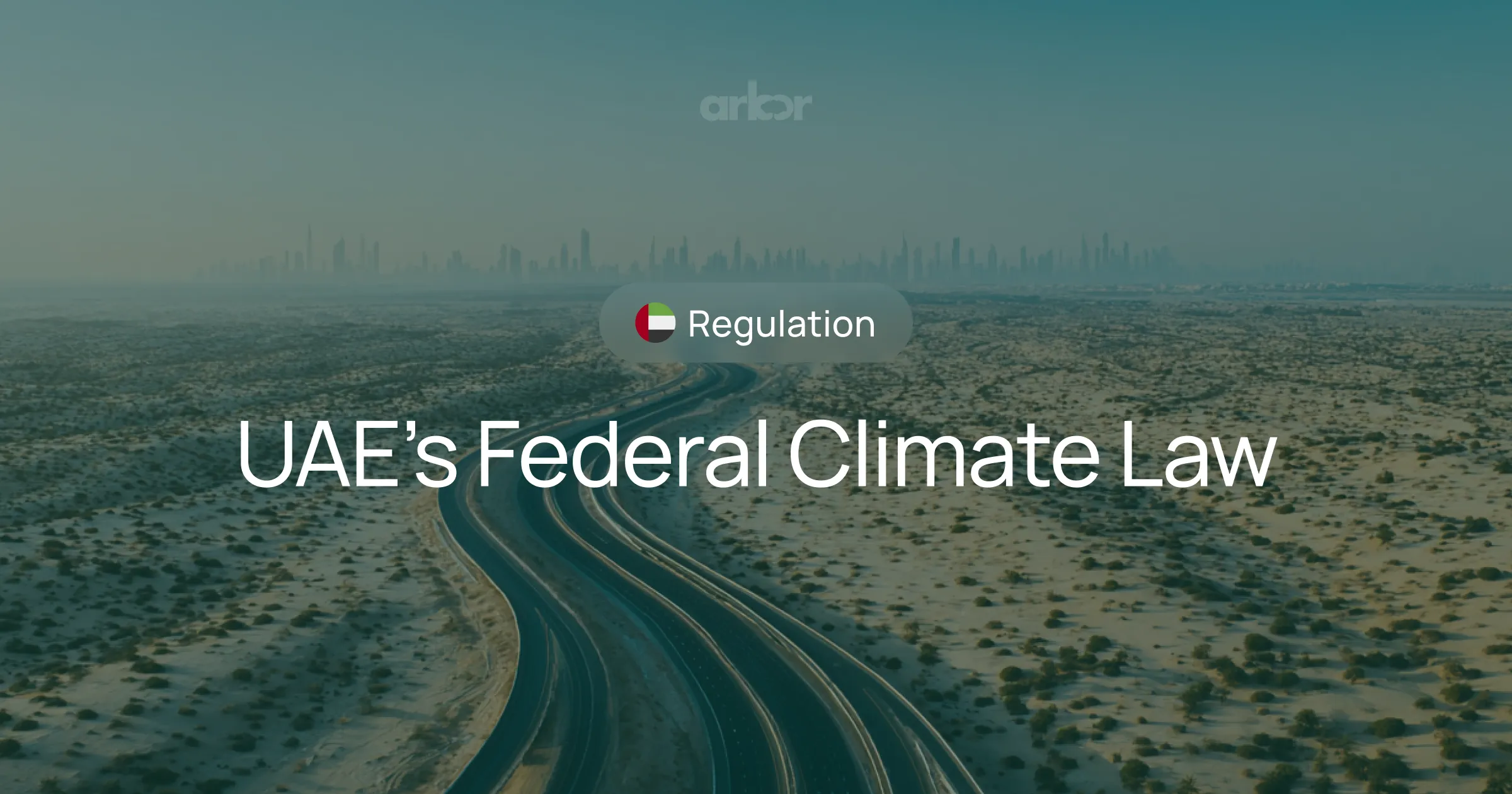

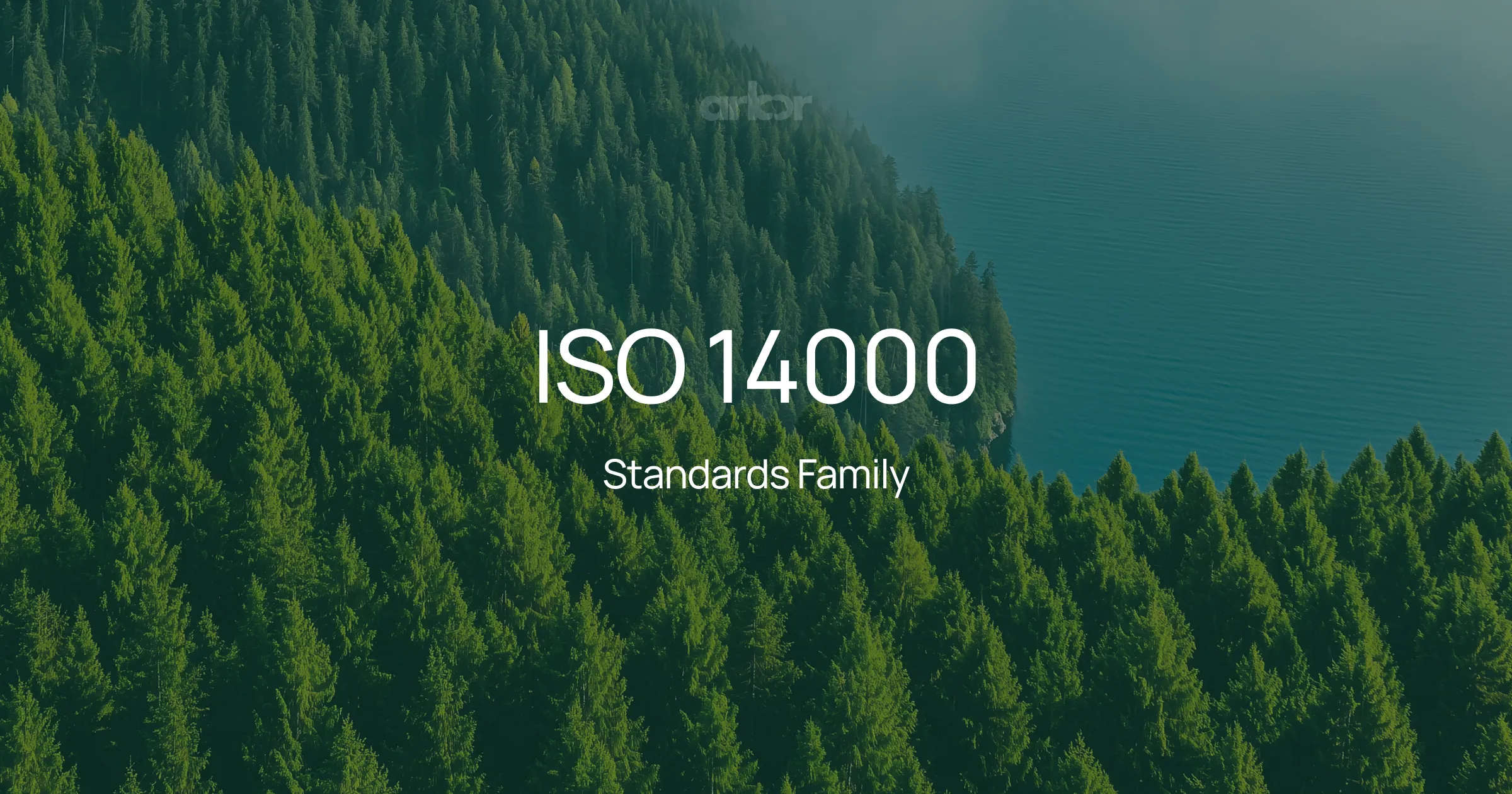
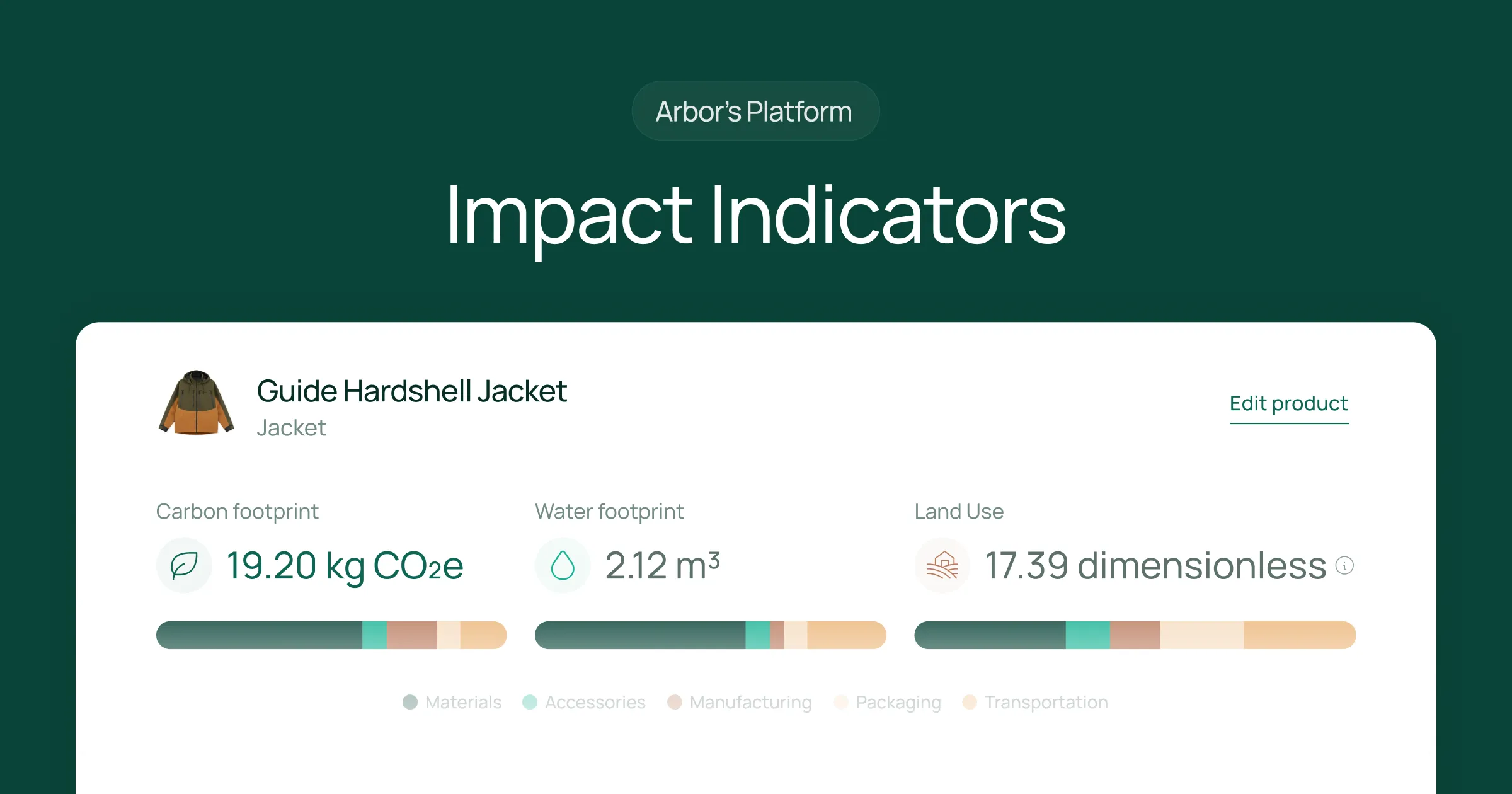

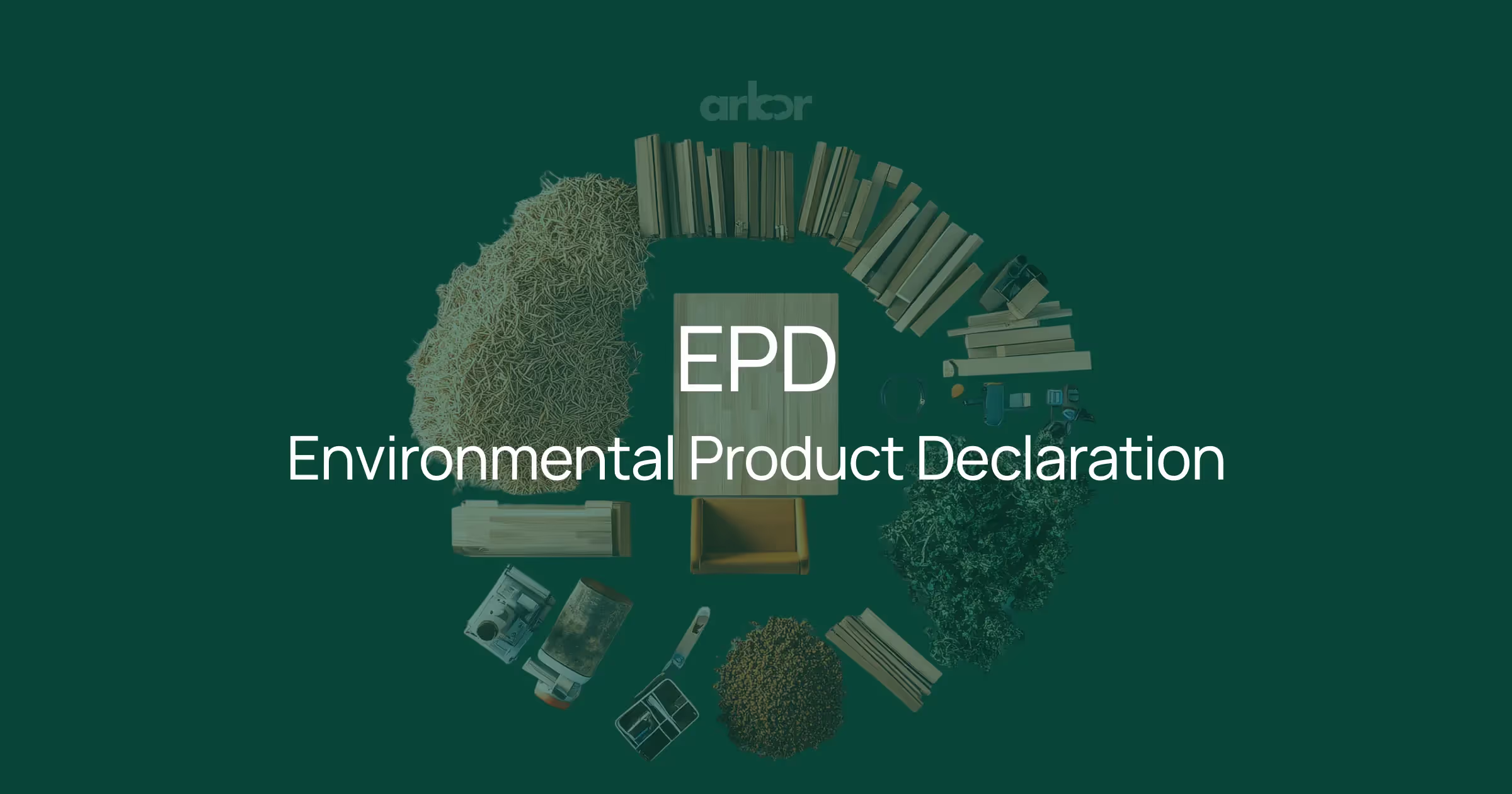
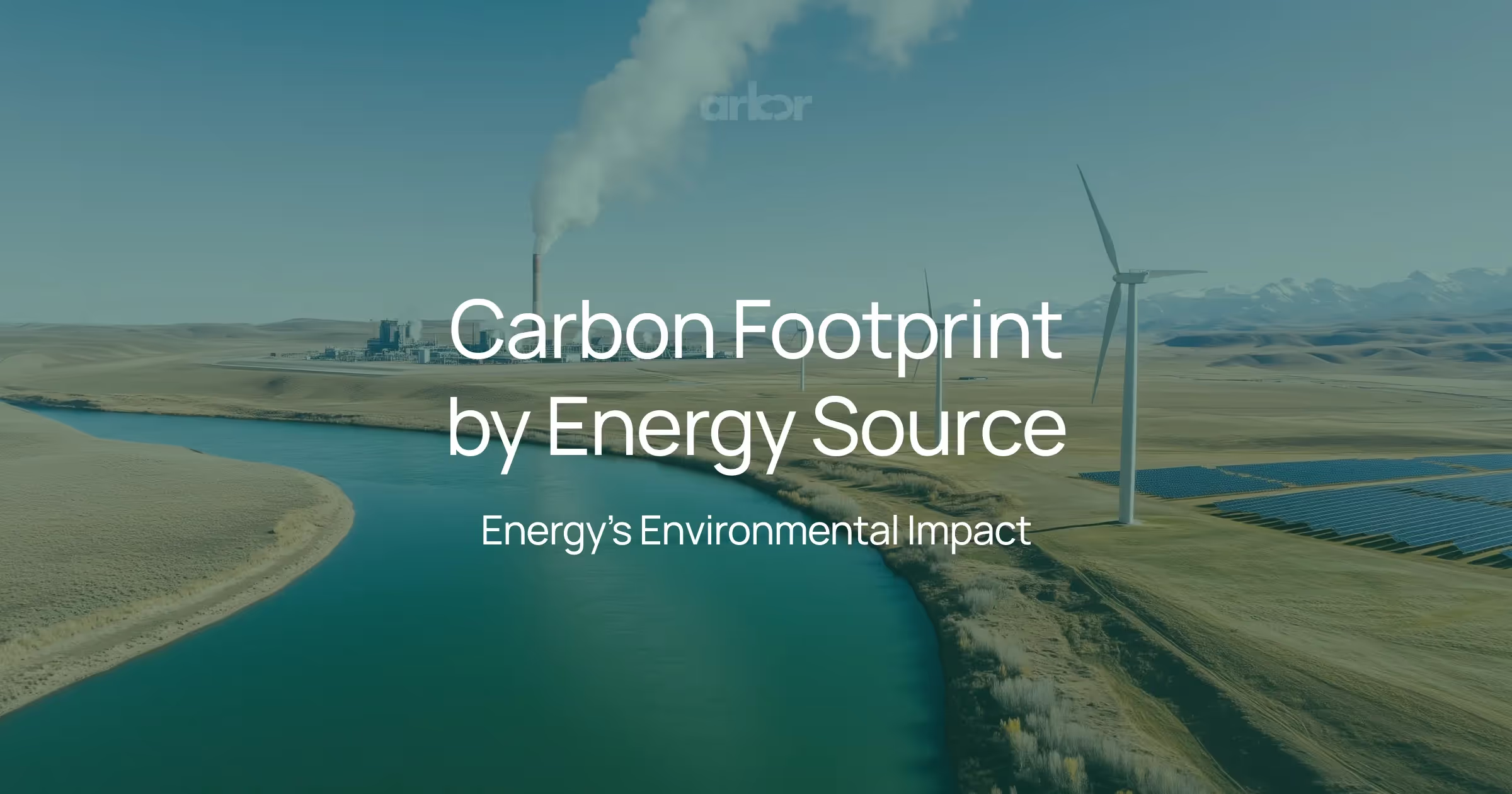
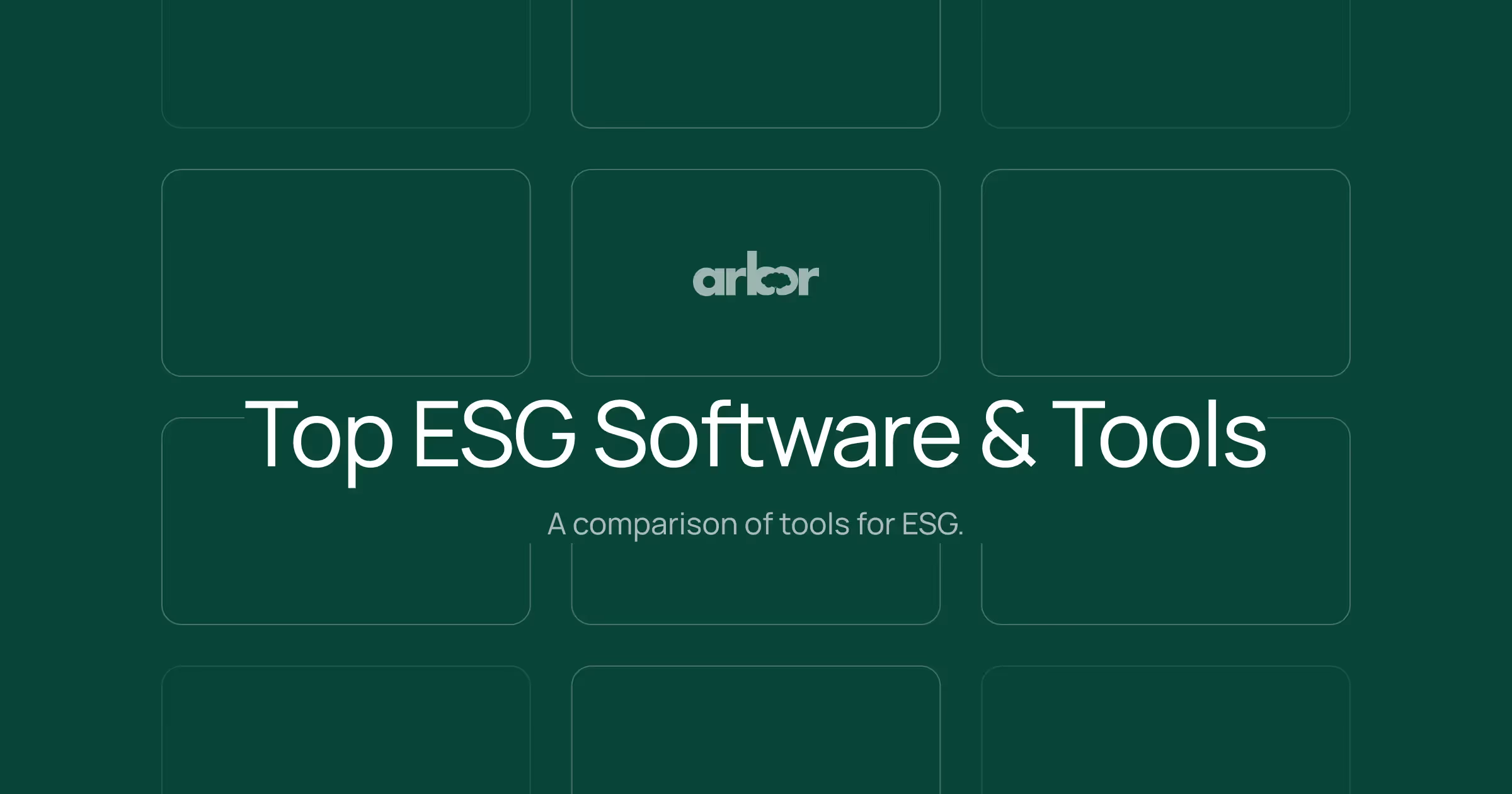
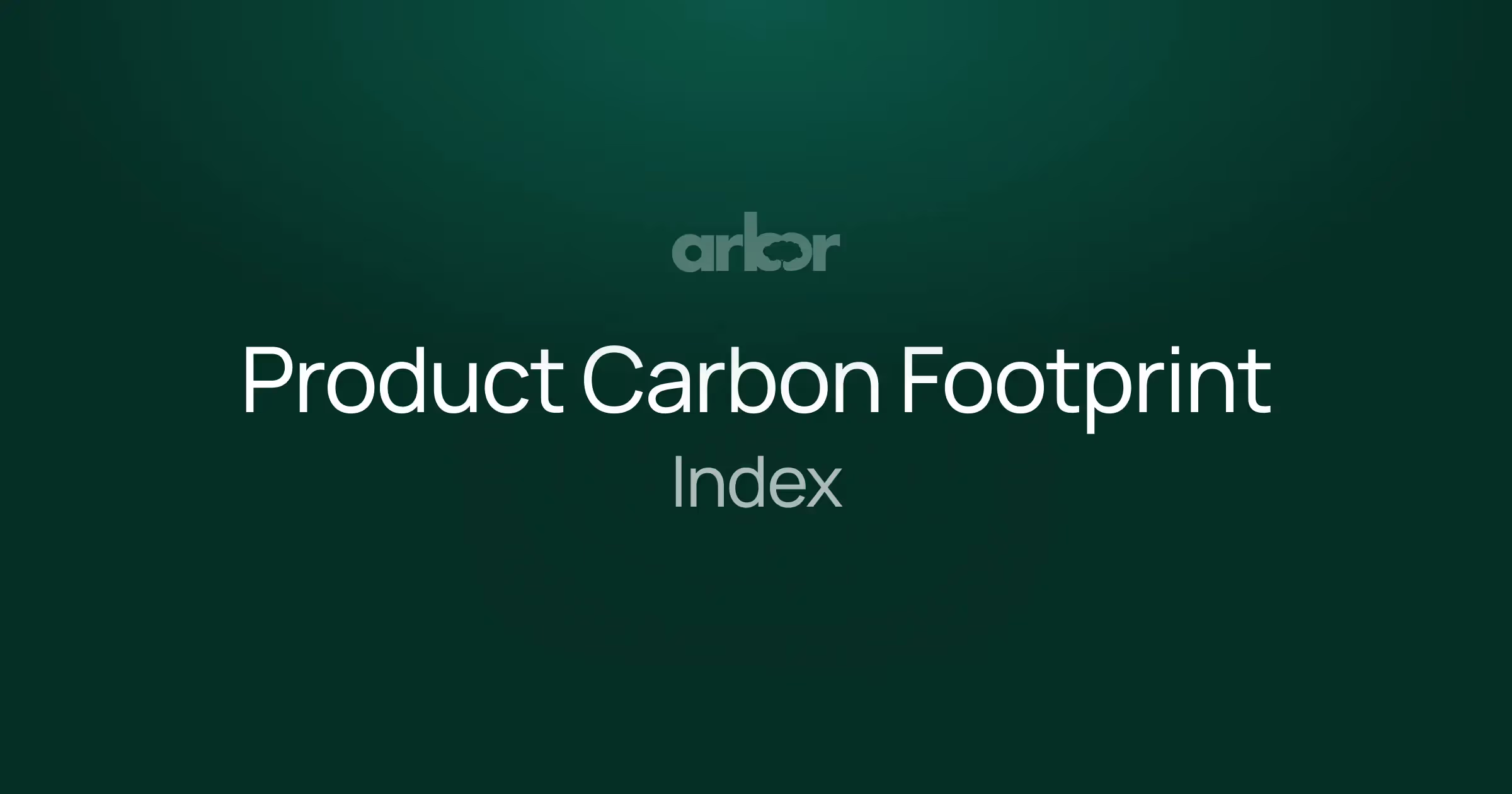
%20Arbor.avif)
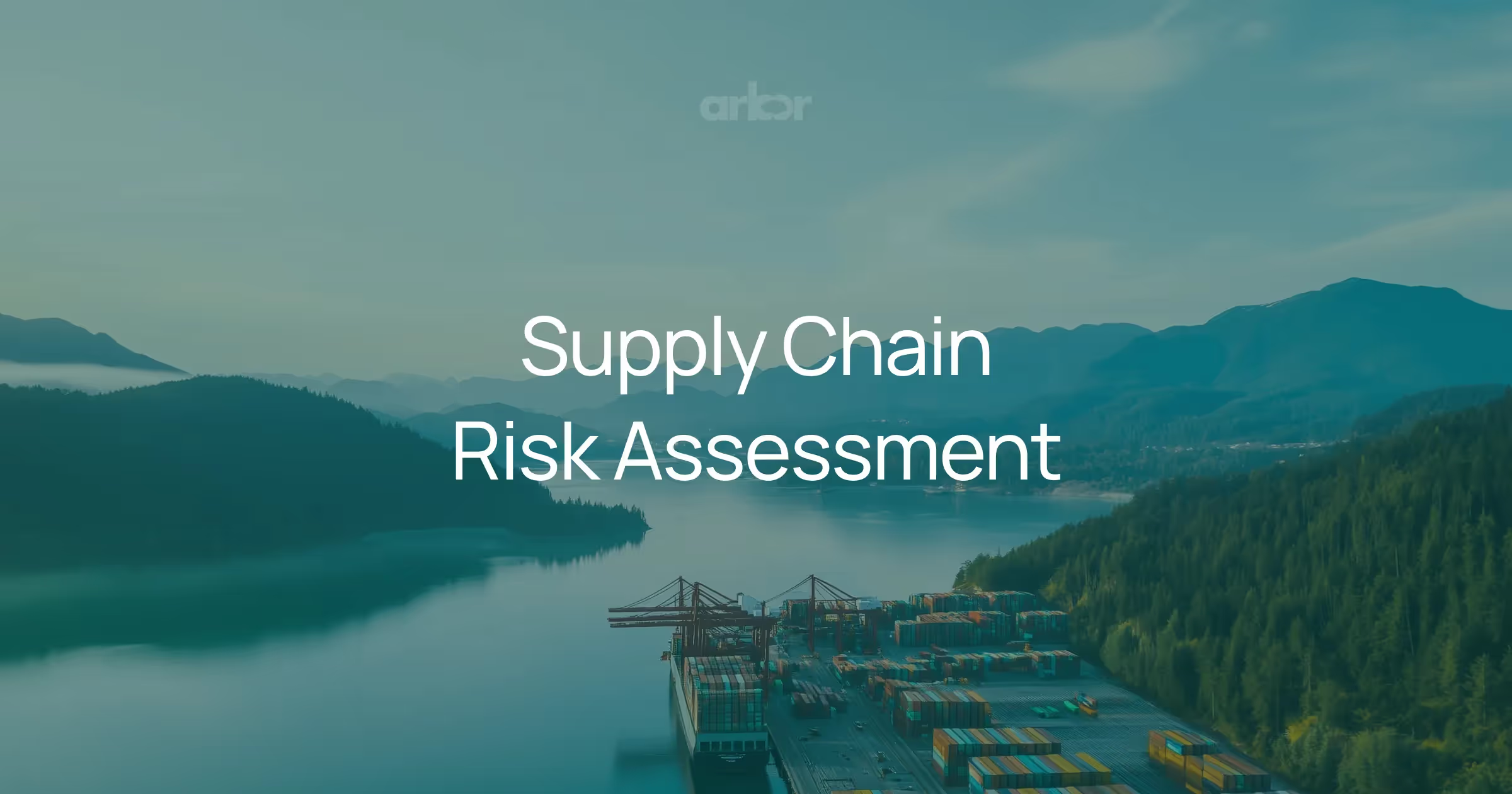
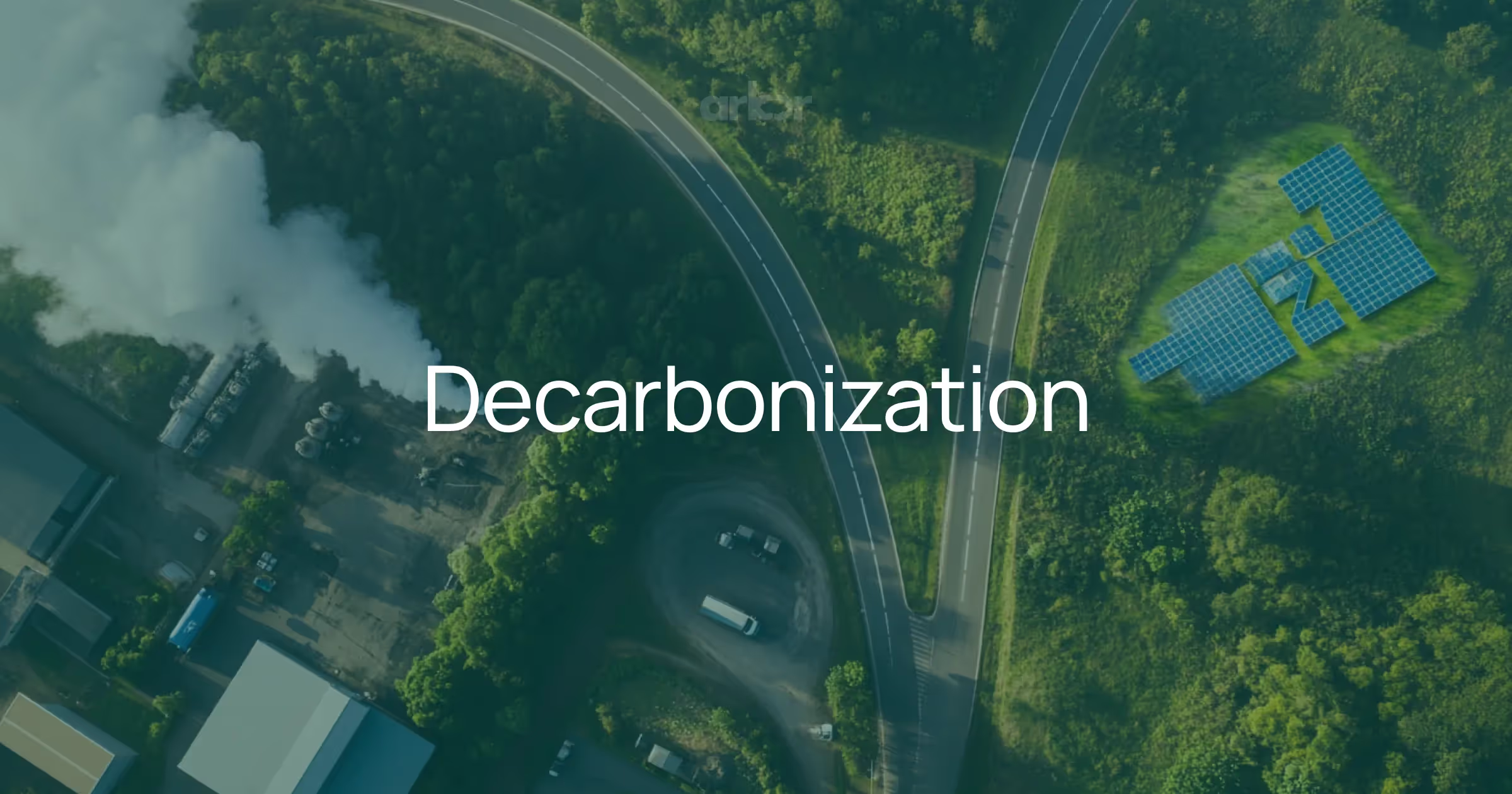



%20Arbor.avif)


.avif)
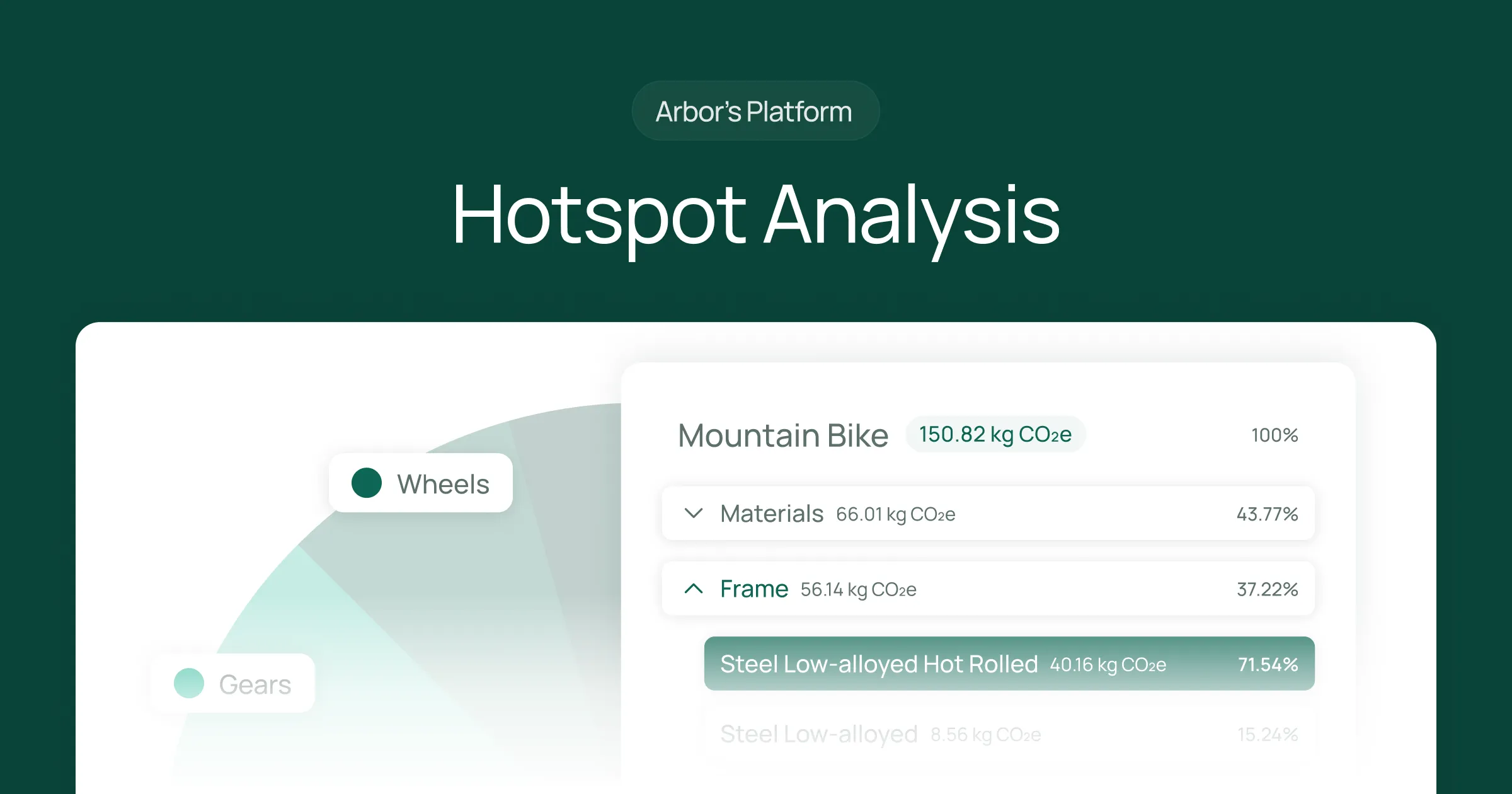
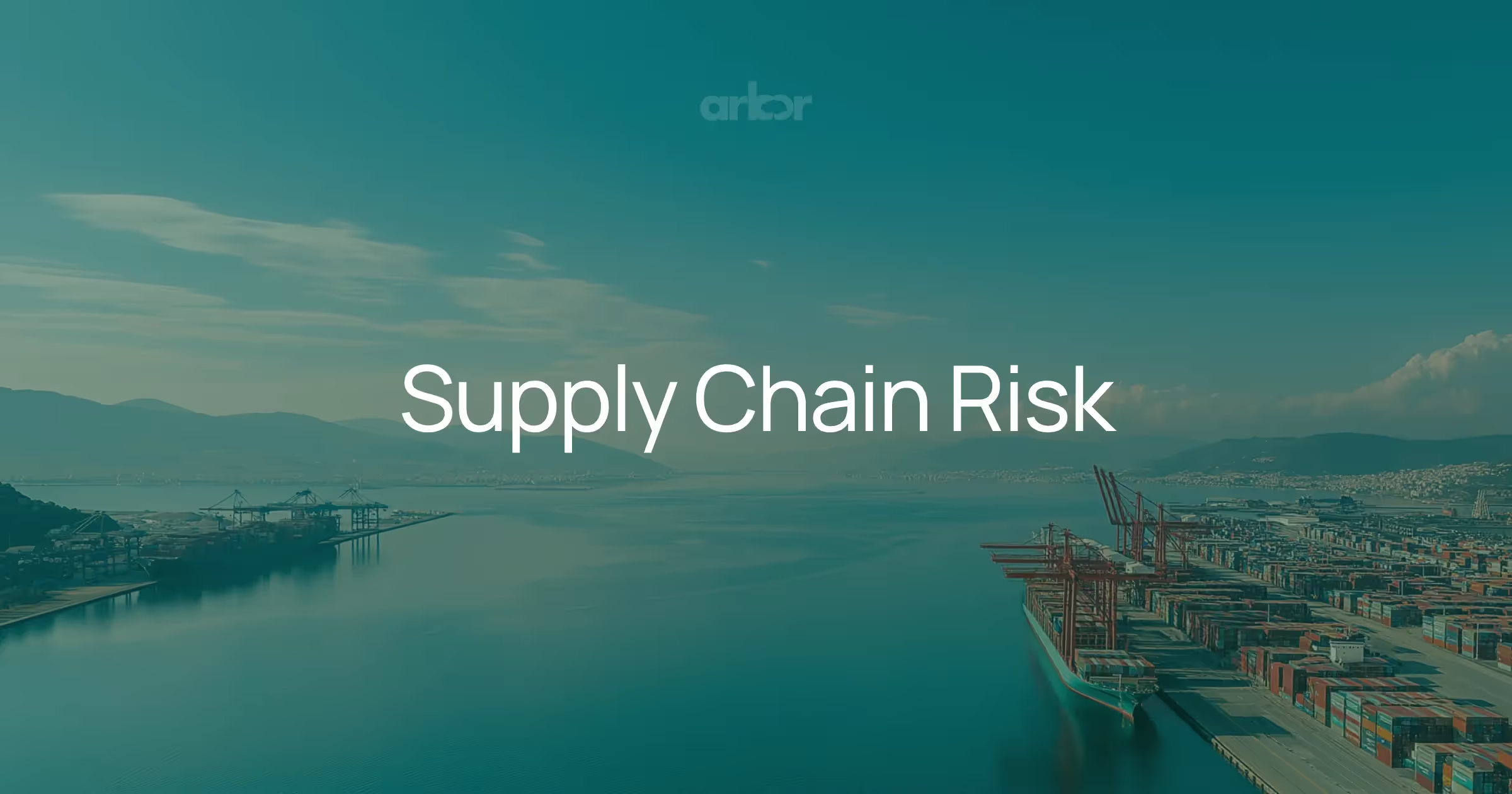

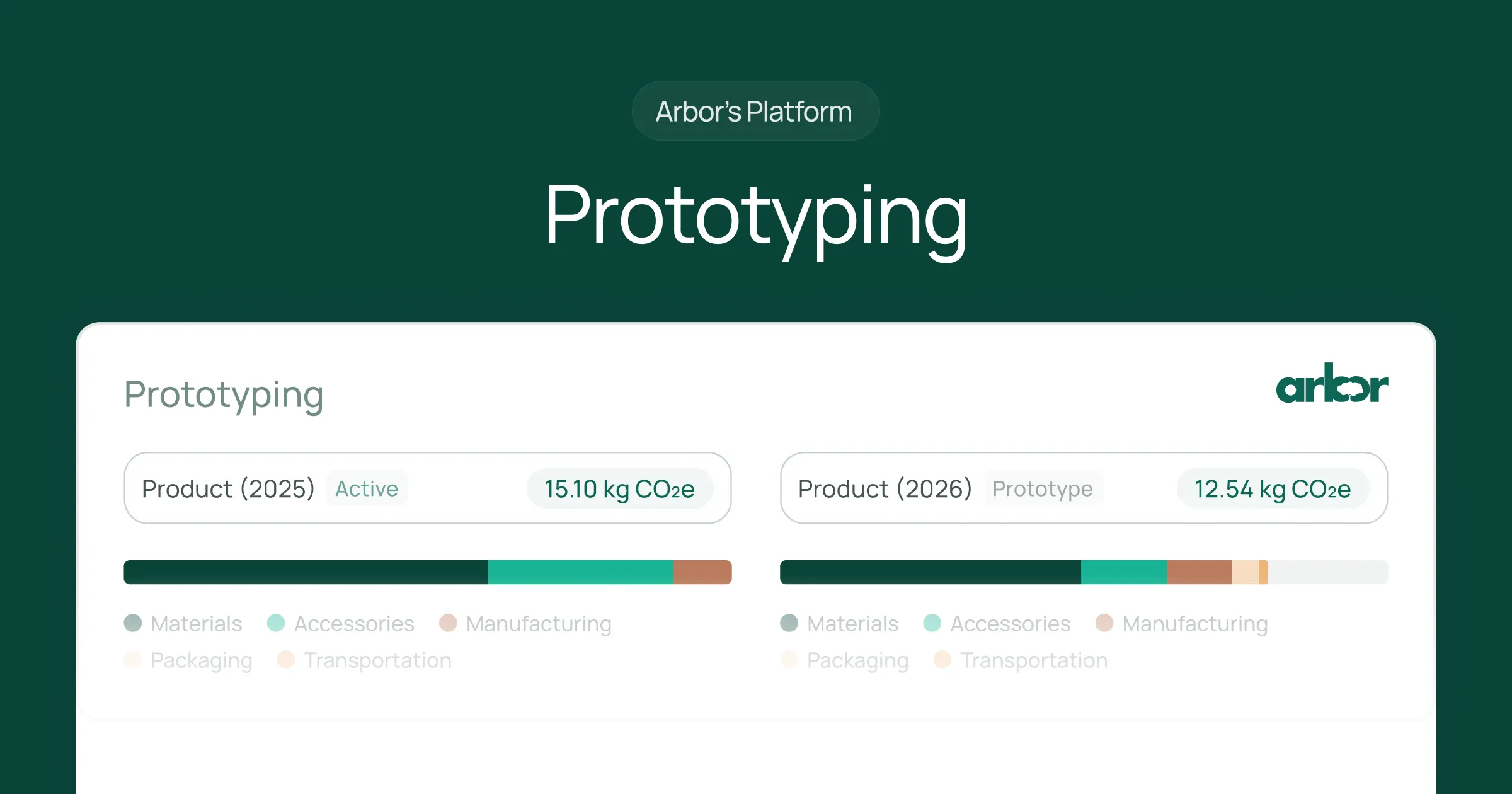

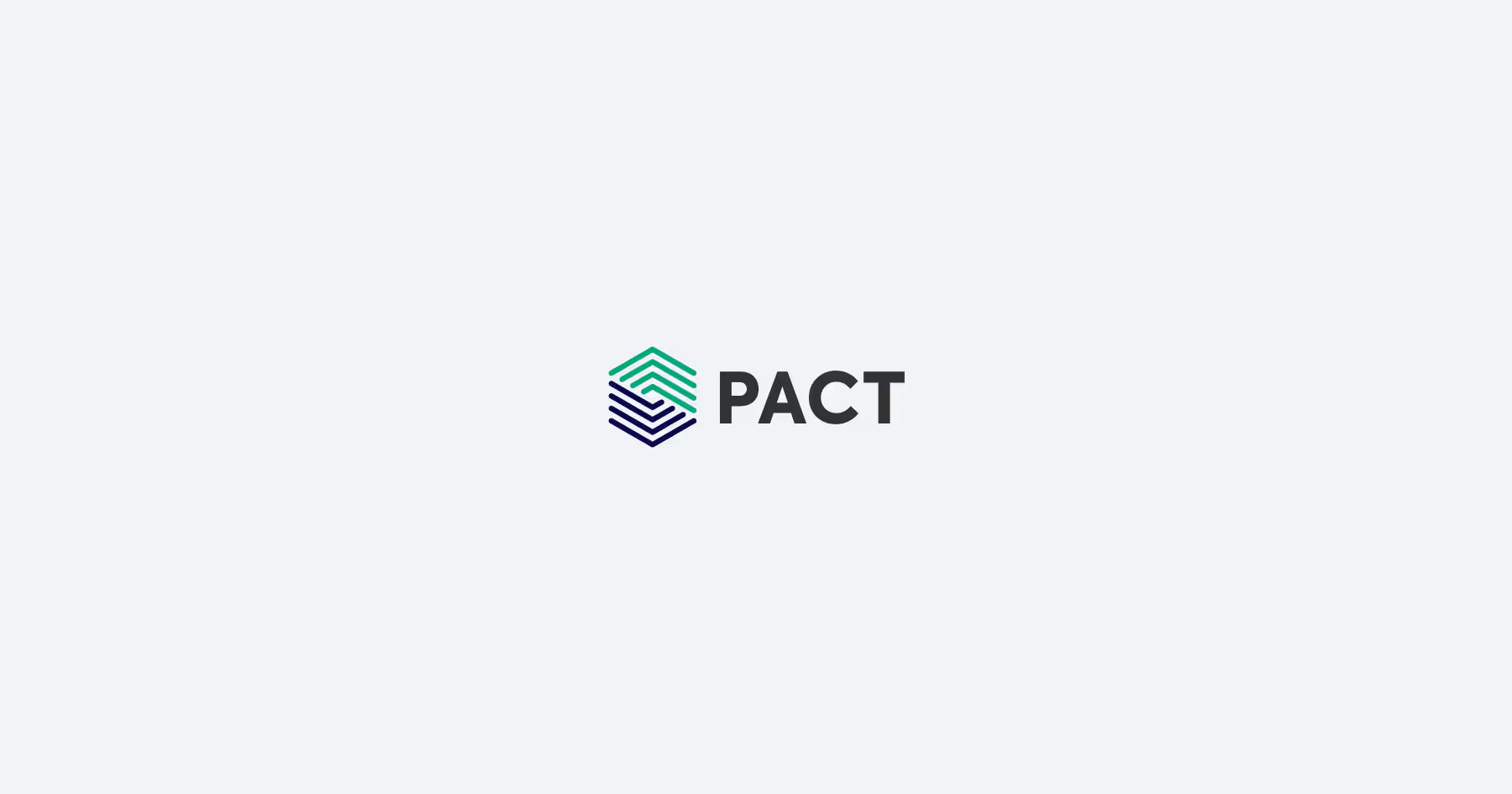
%20Arbor%20Canada.avif)
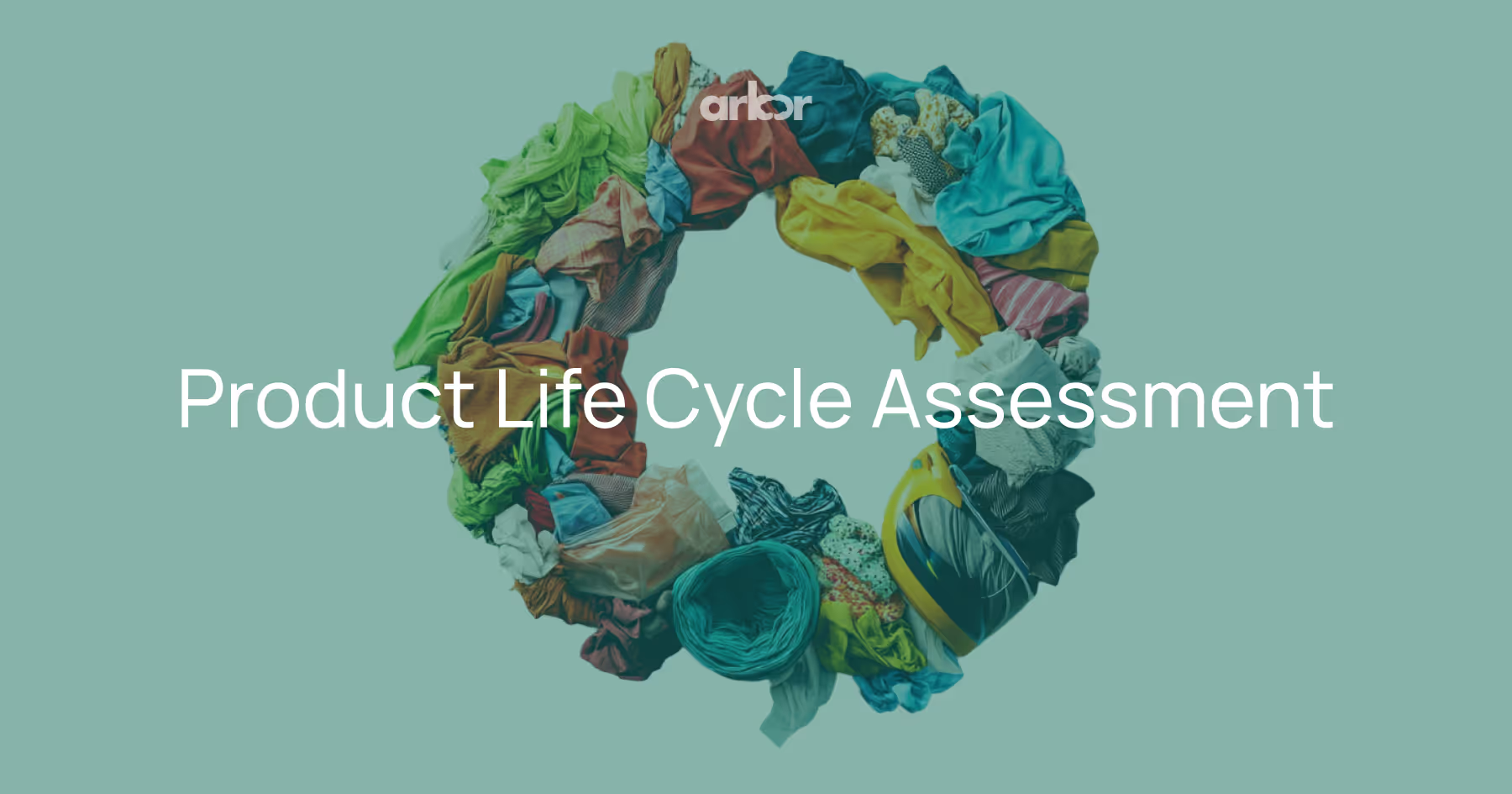
.avif)
%20Arbor.avif)
.avif)
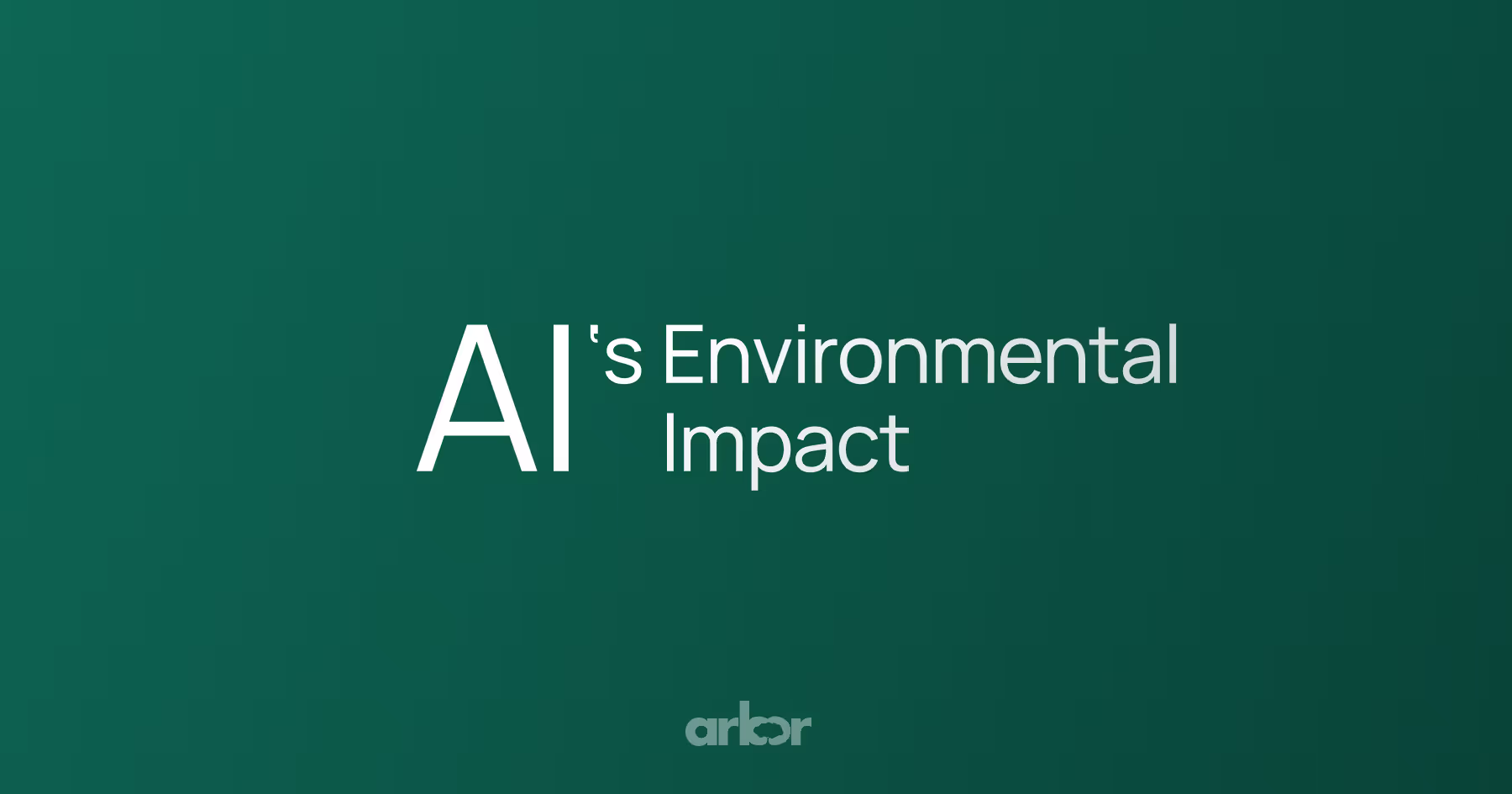

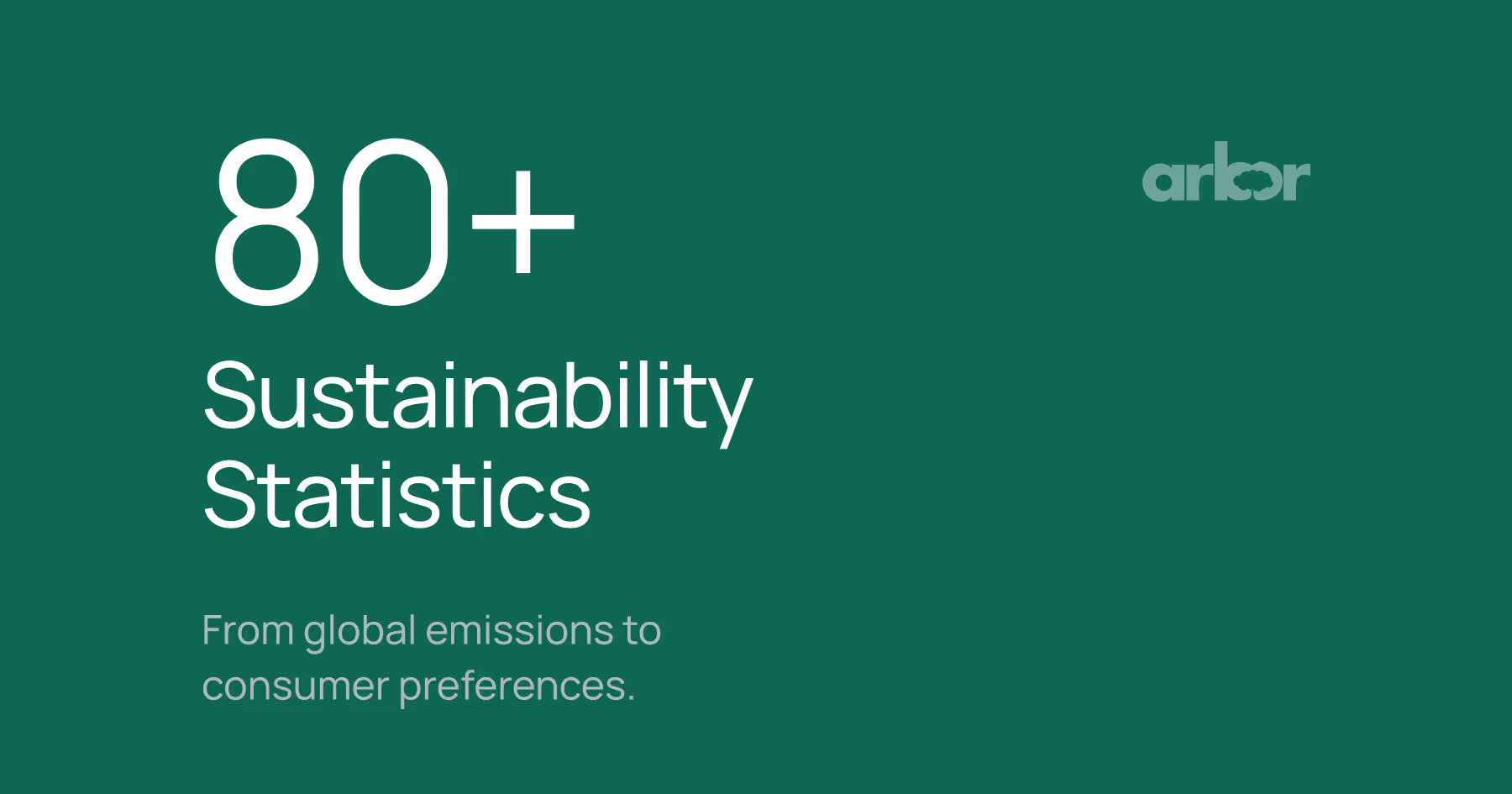
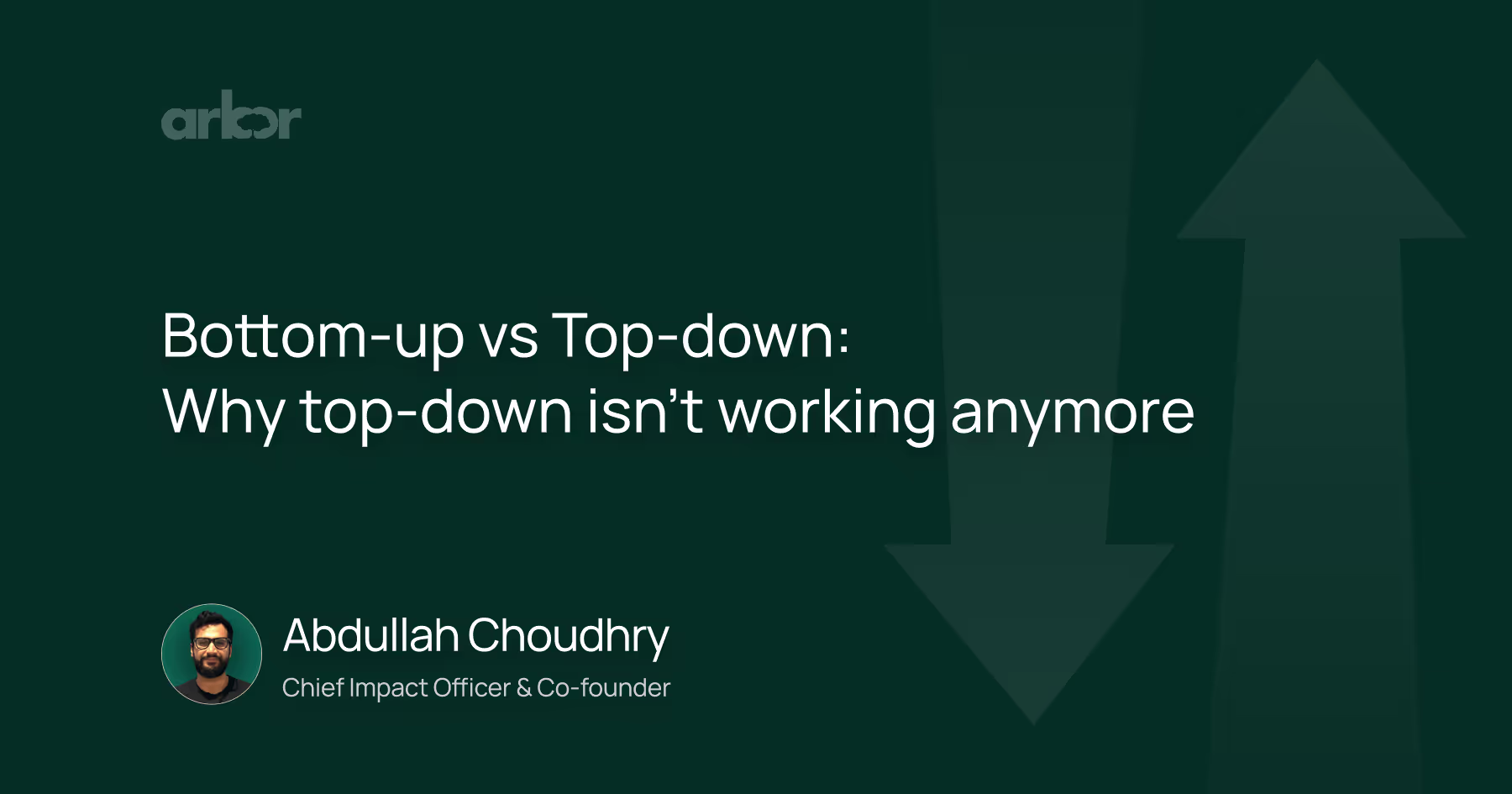
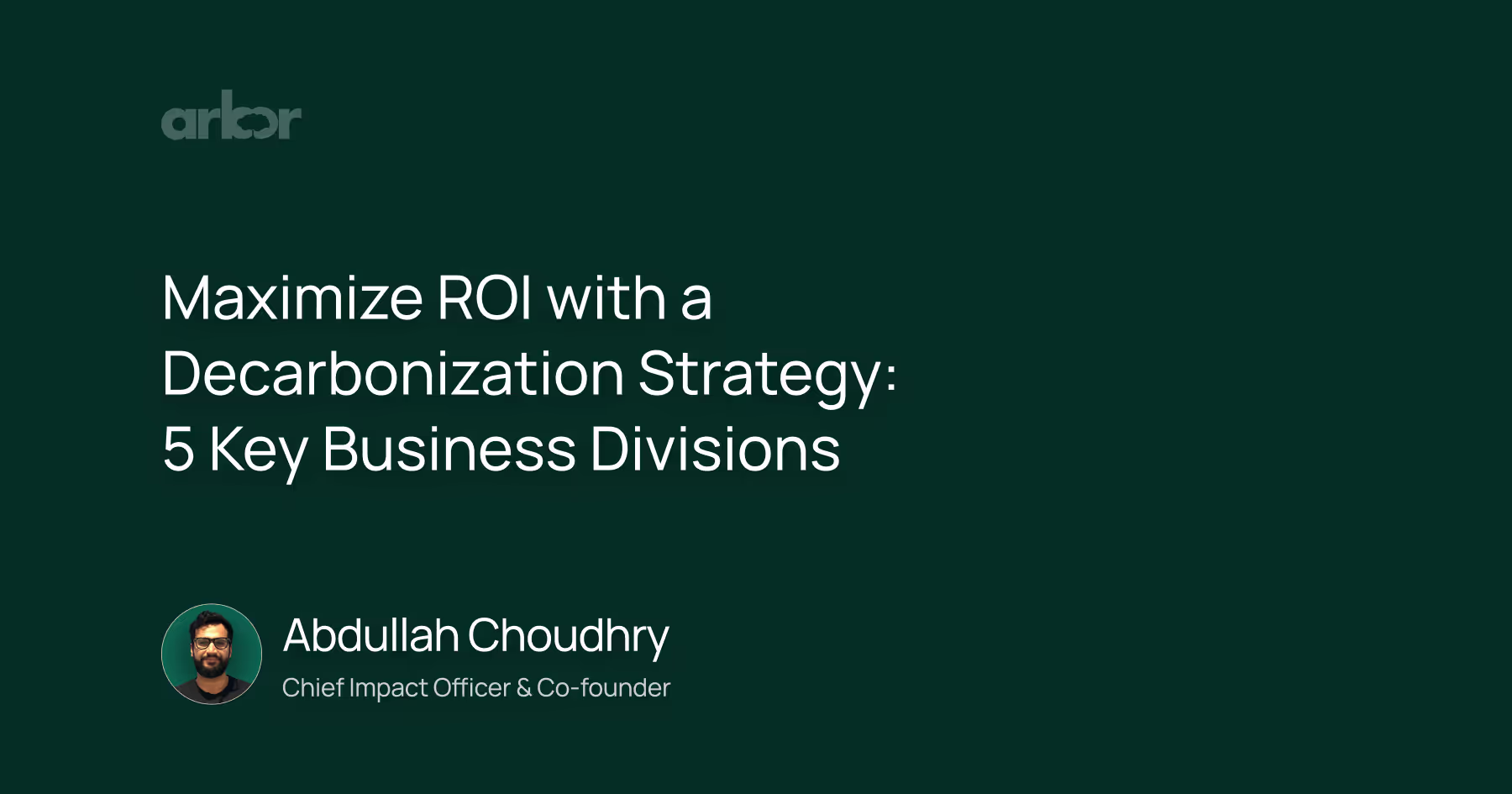

_.avif)
.avif)
%20Arbor.avif)




%20Software%20and%20Tools.avif)





.avif)
.avif)
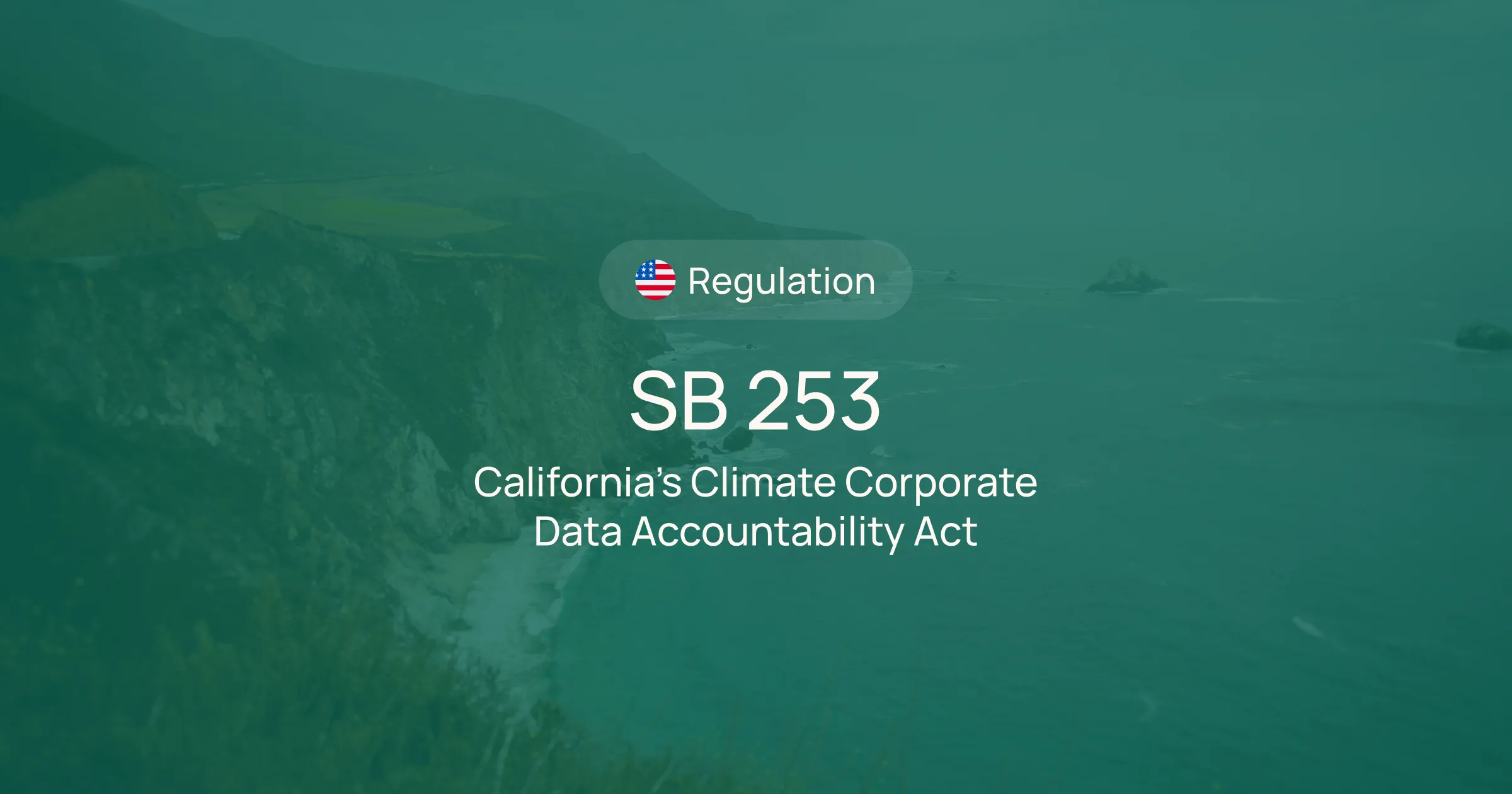



%20EU%20Regulation.avif)





.avif)





.avif)

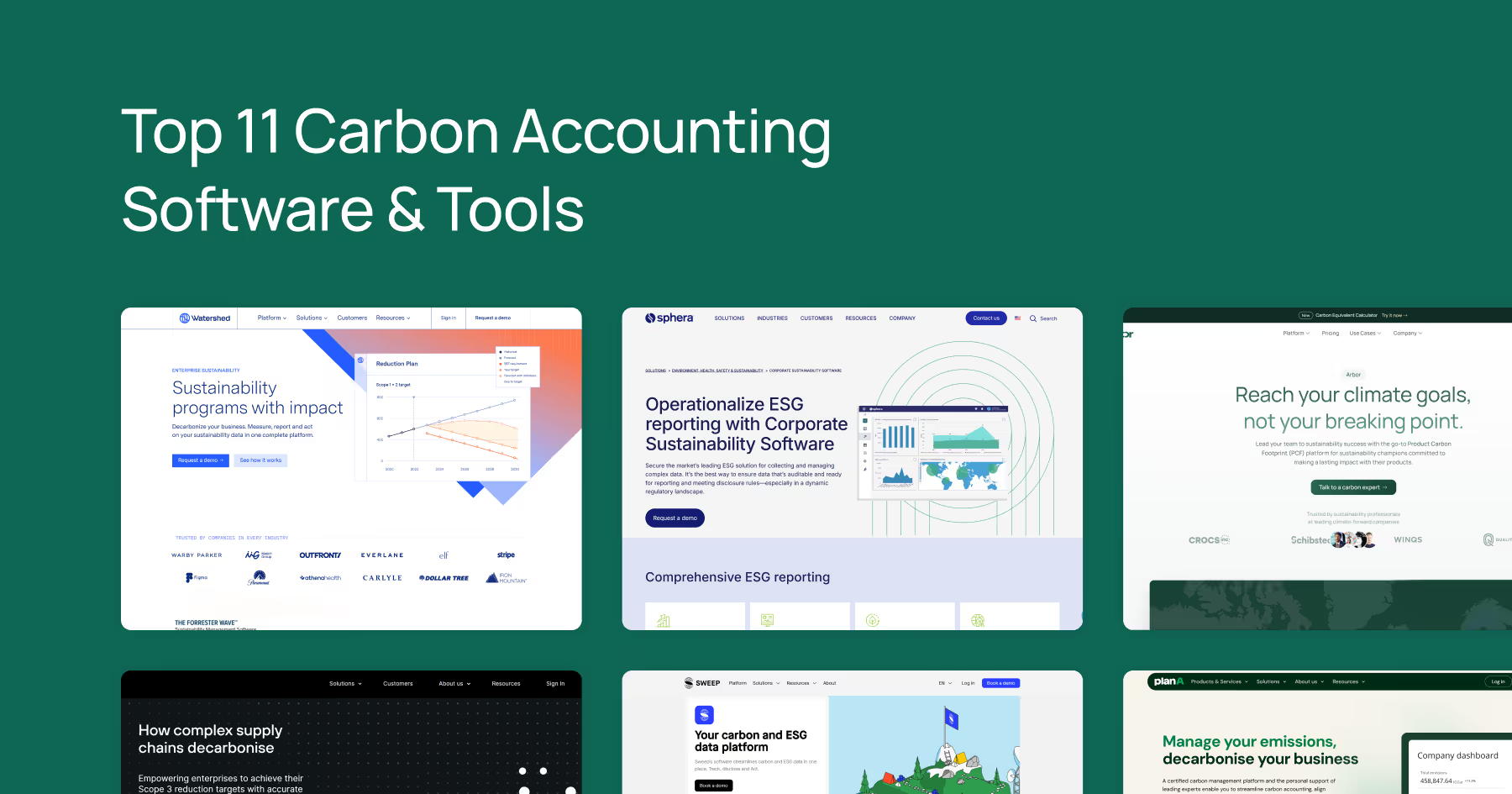














%20Arbor.avif)




.avif)












